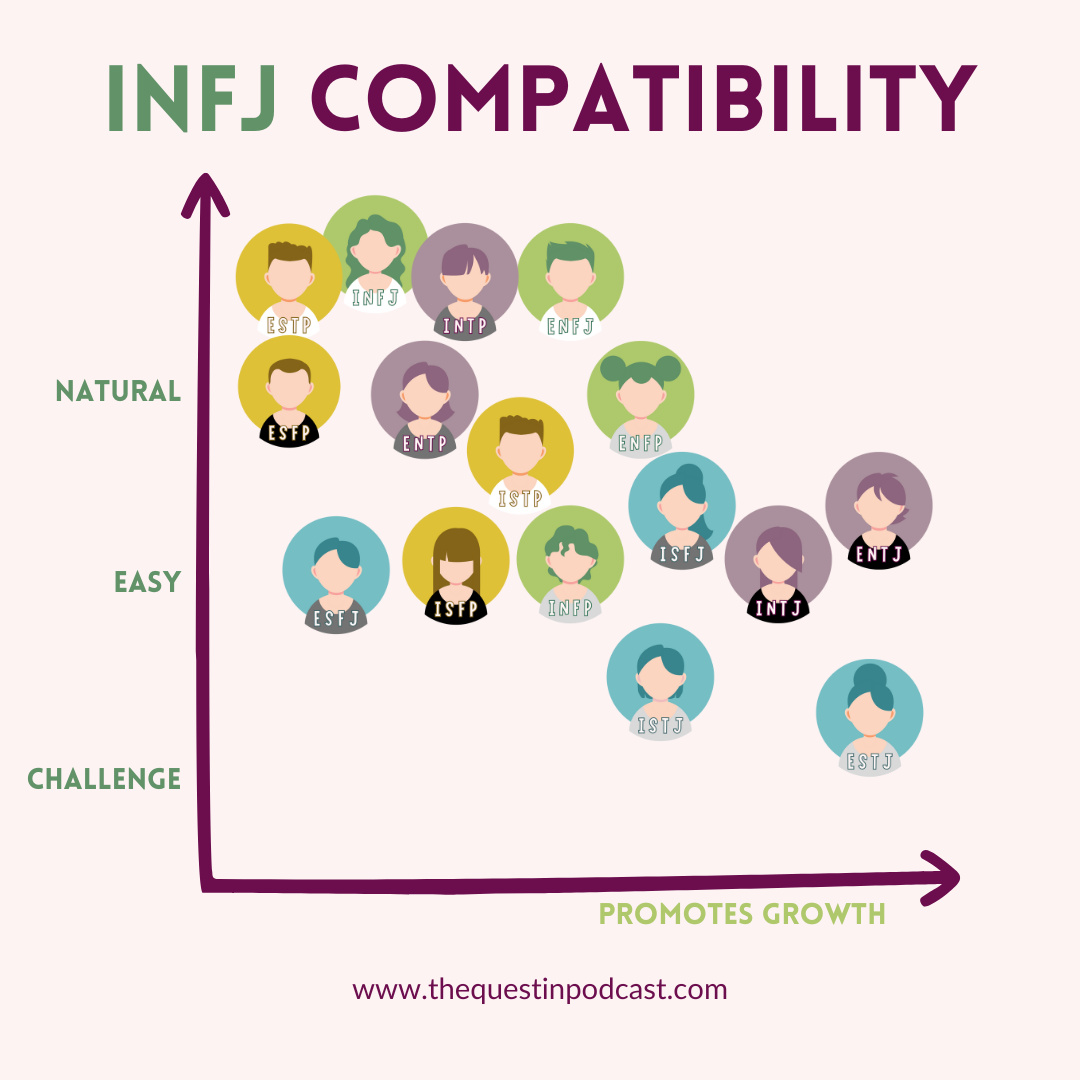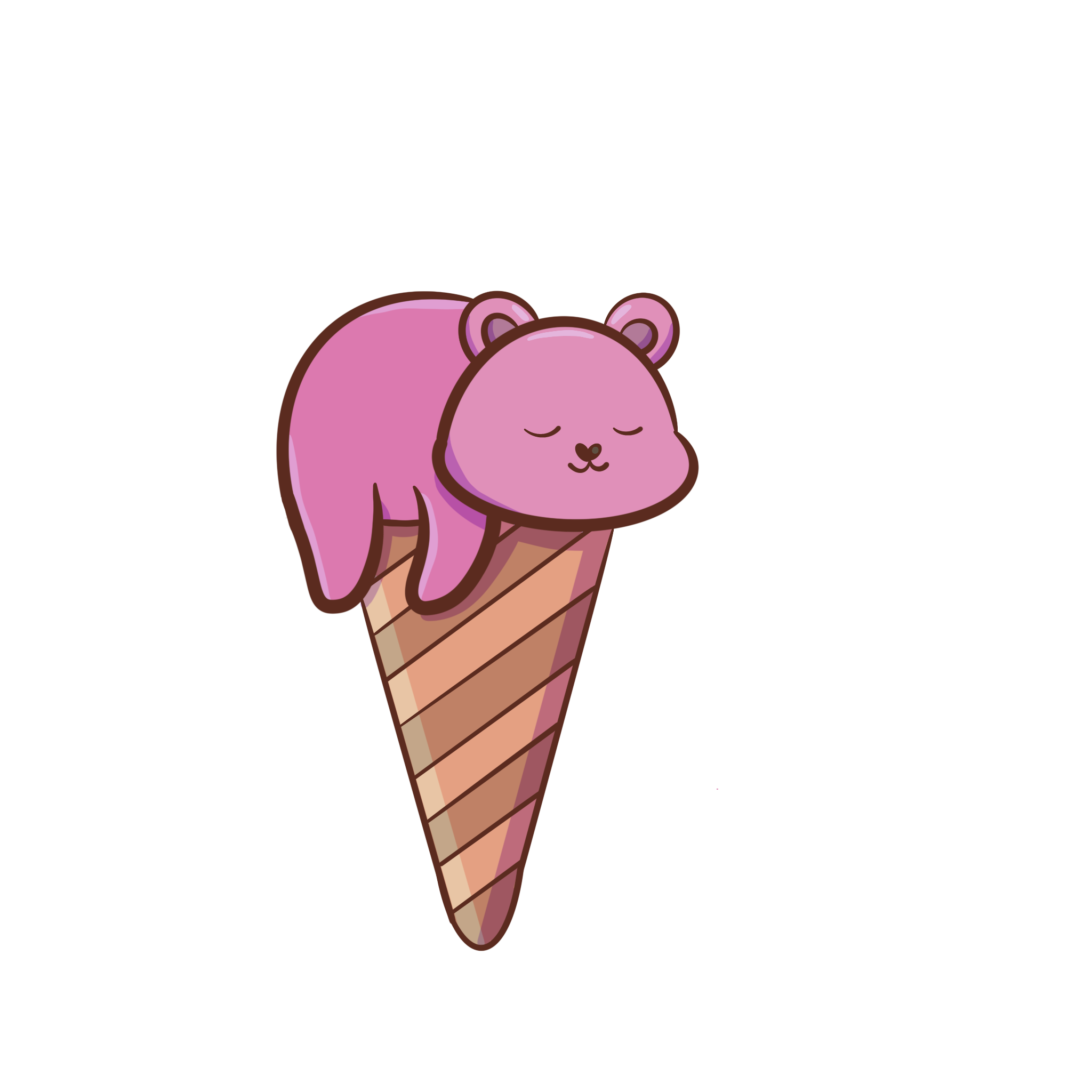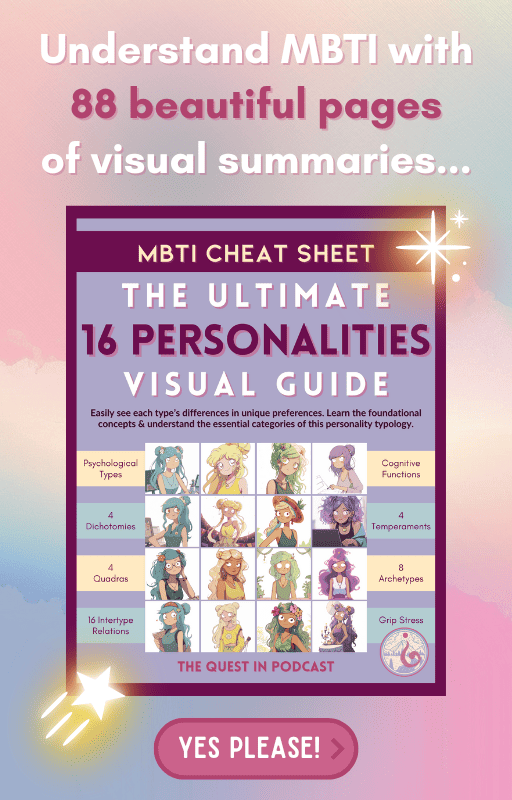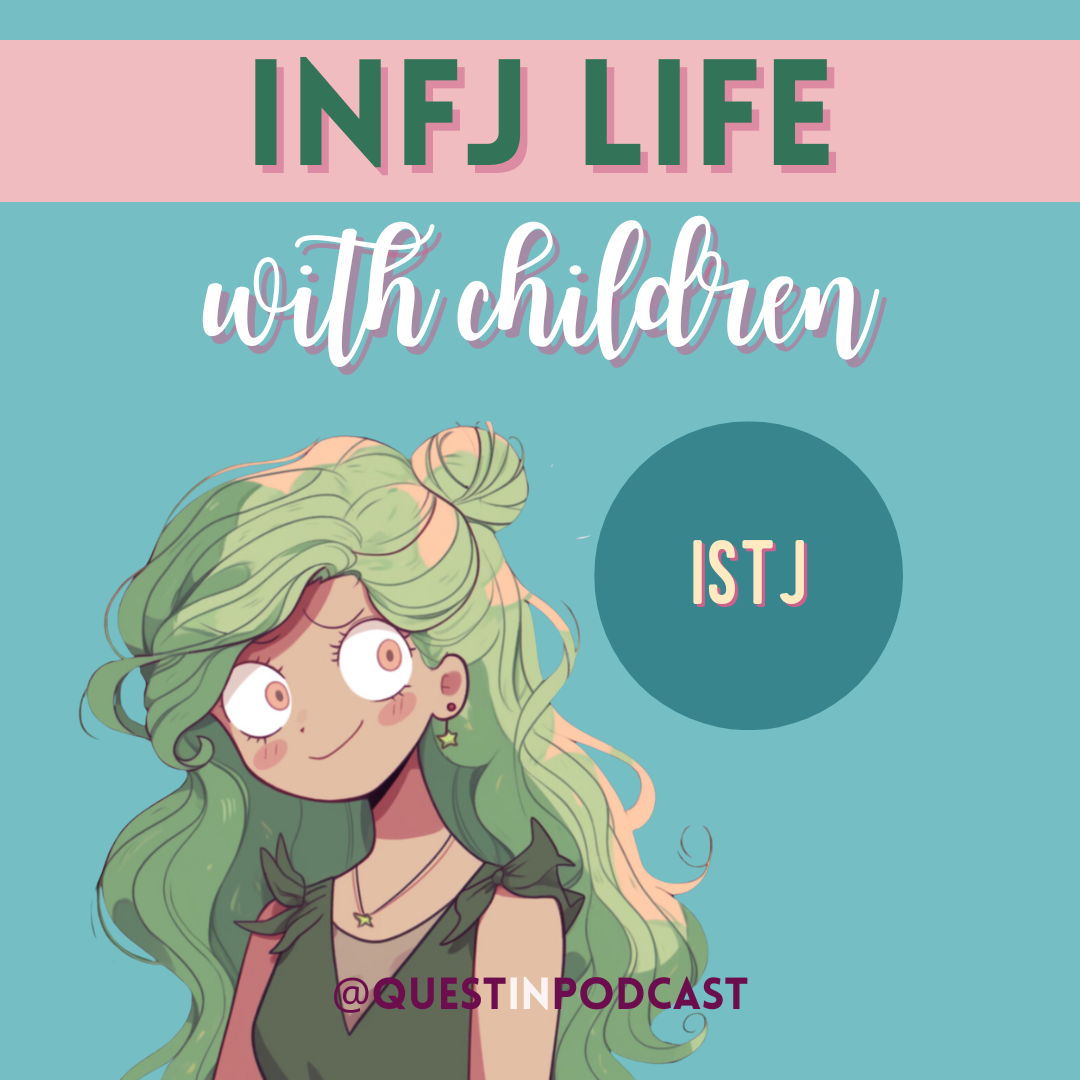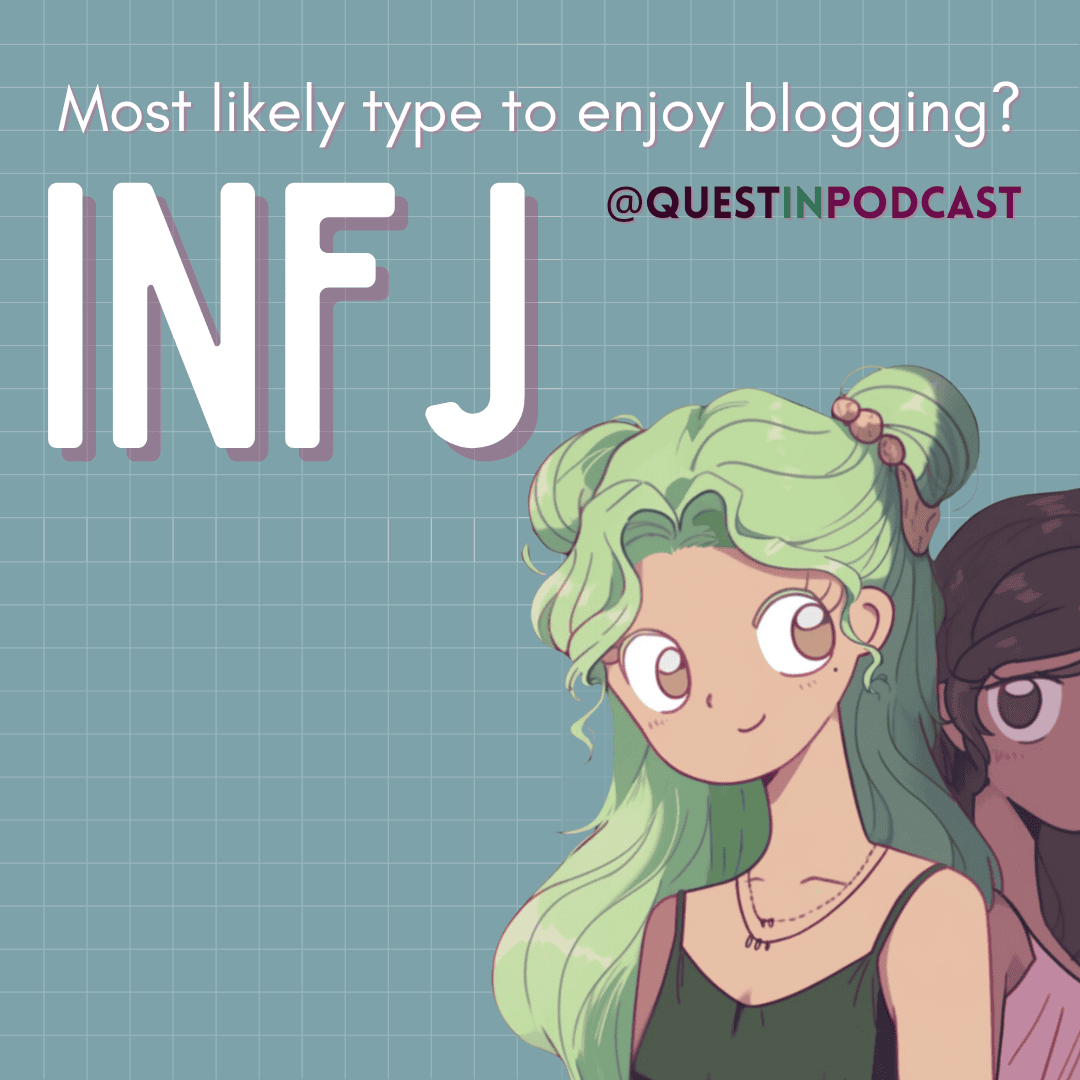
Can You be Introverted and Extroverted?
Can you be introverted and extroverted?
Are you wondering if you really are an ambivert, an extroverted introvert, or an introverted extrovert? Have you been researching personality traits to understand yourself better?
Maybe you have taken a personality test or two and you are now spending time trying to understand what all the terms mean.
This article teaches you a fresh perspective on introversion vs extroversion.
What is introversion according to Jung?
Introversion and extroversion (extraversion) are terms coined by Swiss psychologist Carl Jung in the 1920s. According to Jung, extroverts desire to interact with the outside world while introverts prefer to turn inward. He believed that nobody is 100% introverted or extroverted (extraverted).
Instead, Carl Jung developed a theory that recognized that people use four primary cognitive functions: Intuition, Sensing, Feeling, and Thinking with either introverted or extroverted tendencies.
In Jungian theory, there are therefore 8 total cognitive functions: introverted iNtuition (Ni), extroverted iNtuition (Ne), introverted Sensing (Si), extroverted Sensing (Se), introverted Feeling (Fi), extroverted Feeling (Fe), introverted Thinking (Ti), and extroverted Thinking (Te).
Each person uses all eight functions, but with different skill abilities. 4 functions are primarily conscious and easier to use than the 4 other more unconscious functions in a person. A person’s dominant function will be either introverted or extroverted and a person’s auxiliary (second) function will be the opposite of their first dominant one.
Understanding this demonstrates that yes, you can be both introverted and extroverted — but in the different areas of intuition, sensing, feeling, and thinking.
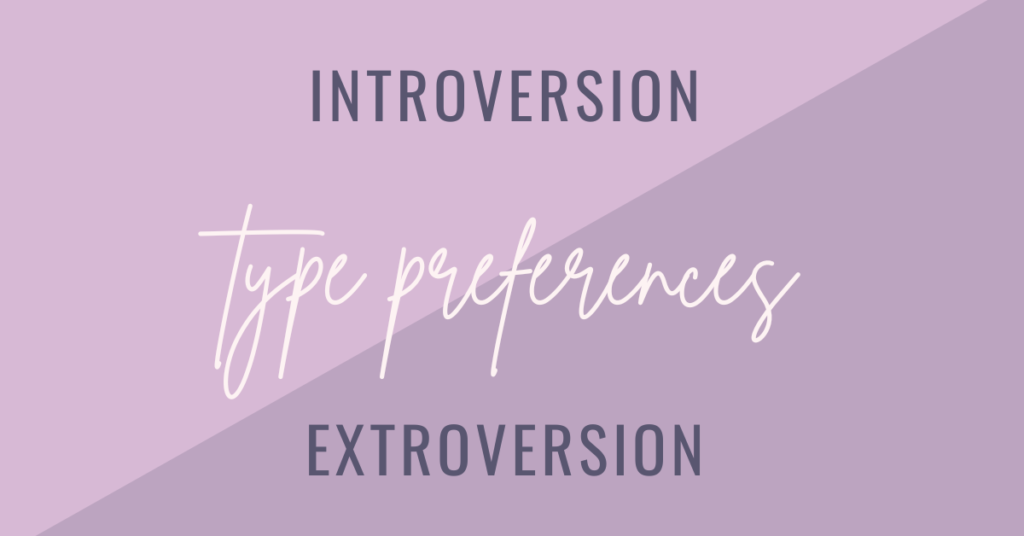
Introvert vs Extrovert (I vs E, Introversion vs Extroversion)
Many people misconstrue the introversion-extroversion spectrum to only refer to social preference. In the 1960s, Hans Eysenck further developed Jung’s theory by arguing that an introvert requires alone time to recharge their mental energy and an extrovert (extravert) recharges their energy through interacting with others.
In college, my professor of Personality psychology better explained the difference between introversion and extroversion to depend on preference for stimulation. This definition can be better applied to any scenario to see what introverts or extroverts tend to prefer.
For example, an extrovert would prefer more stimulation in their environment (such as loud music) than an introvert would.In this example, louder ambient noise around could actually help an extroverted person focus better when the same environment may distract an introverted person.
Another example would be that extroverts can socially prefer larger groups, while introverts tend to have one-on-one or smaller group preferences.

Myers-Briggs Type Indicator (MBTI)
Mother-daughter duo Katharine Cook Briggs and Isabel Briggs Myers expanded upon Carl Jung’s 8 cognitive functions theory to develop the MBTI framework. Myers Briggs Type Indicator identifies 16 distinct personality types that each use a unique order of cognitive functions.
Understanding cognitive functions better explain how a person can be introverted in some ways while simultaneously being extroverted in other aspects. Introverted functions are very internal processes, while extroverted functions are external.
MBTI is a type code, consisting of 4 letters that indicate type preference.
Introversion versus Extroversion (I vs E) is the first pair of options. The typing is followed by Sensing versus iNtuition (S vs N), Thinking versus Feeling (T vs F), and Judging versus Perceiving (J vs P).
Read articles on Introverted Intuitives: INFJ, INFP, INTJ, INTP
Read articles about the Extroverted Intuitives: ENFJ, ENFP, ENTJ, ENTP

